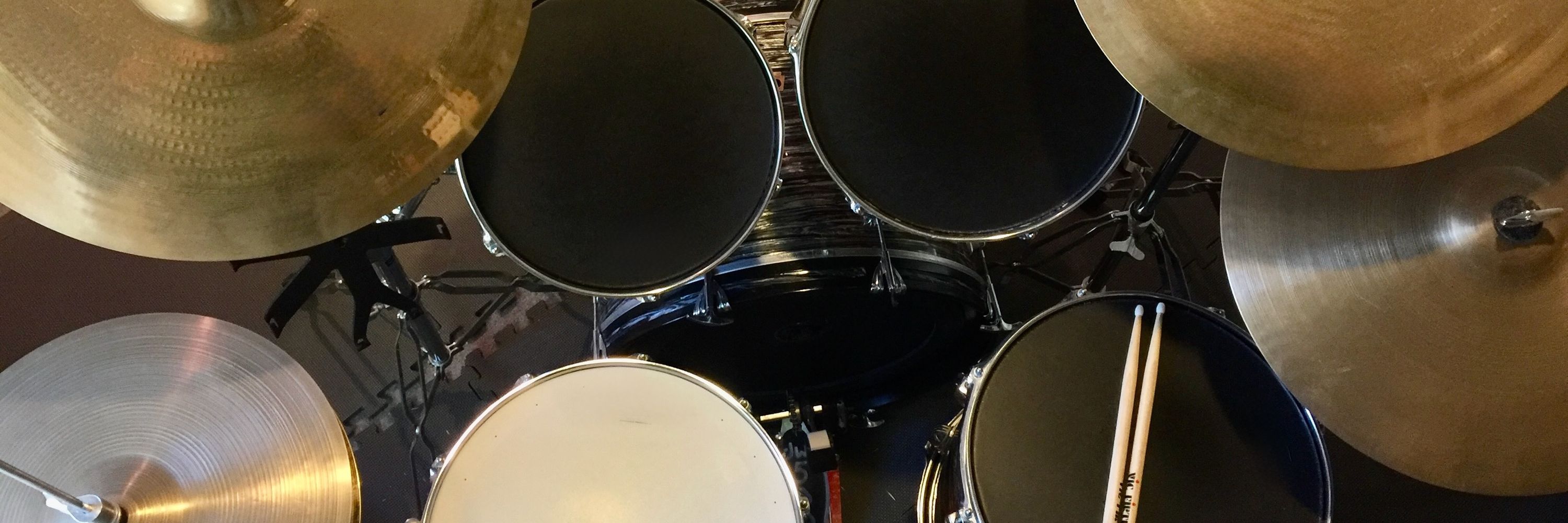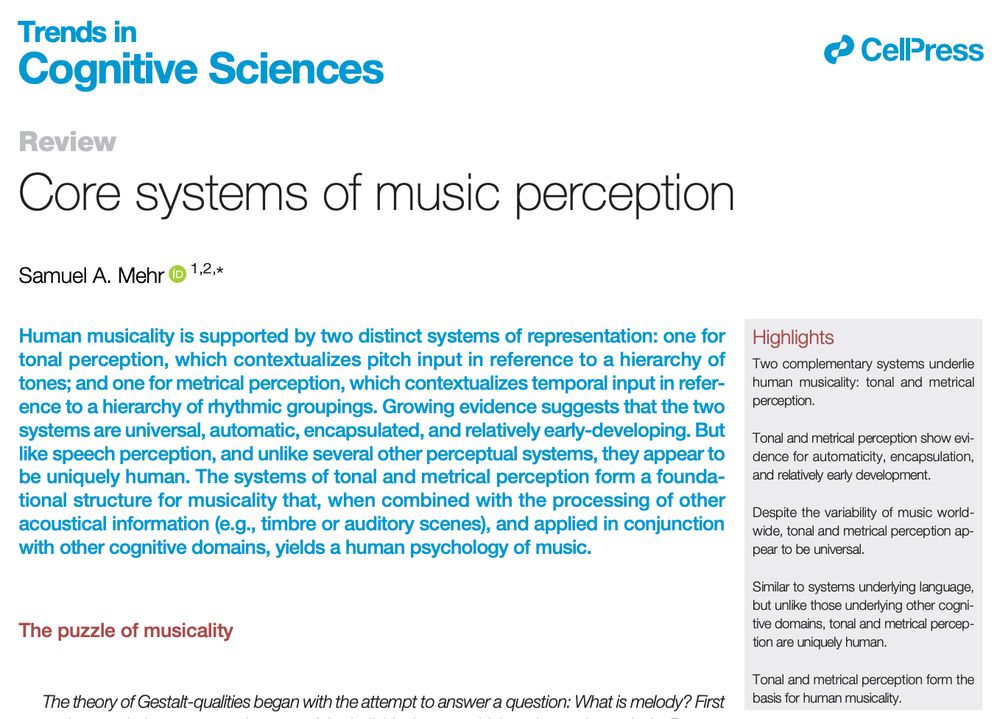Neuroscience and music
@rineuron.bsky.social
190 followers
67 following
120 posts
Clinical neuropsychologist. Drummer.
#neuroskyence #neuropsychology #neuroscience #brainimaging #neuroimaging #fMRI
Posts
Media
Videos
Starter Packs
Reposted by Neuroscience and music
Reposted by Neuroscience and music
Reposted by Neuroscience and music
Reposted by Neuroscience and music









